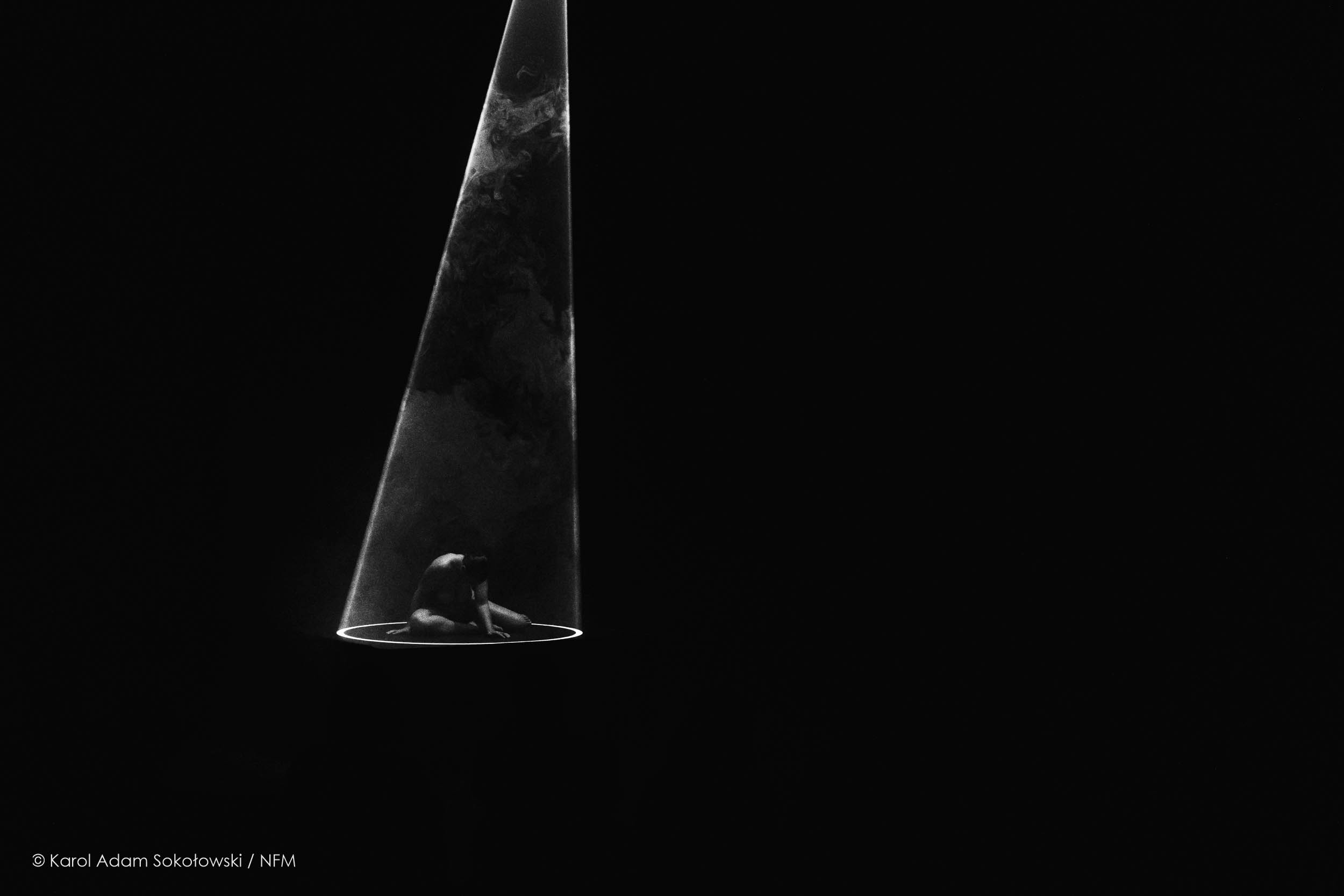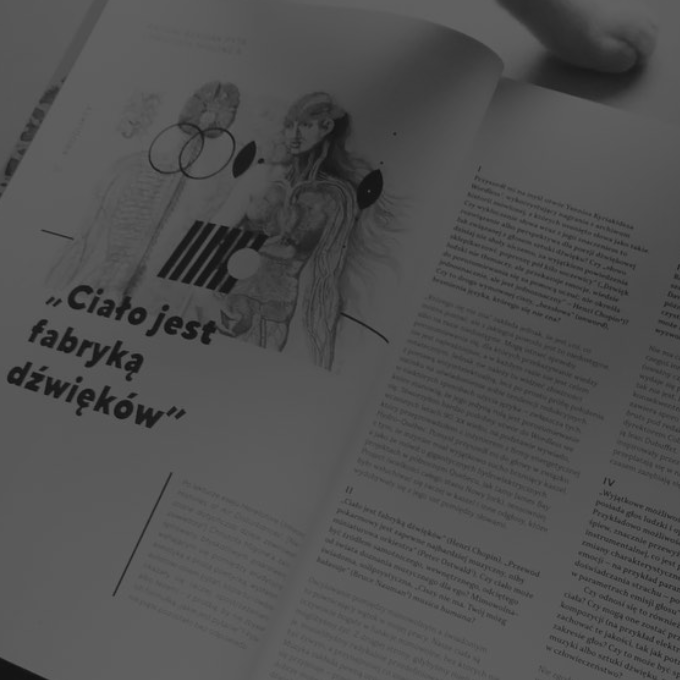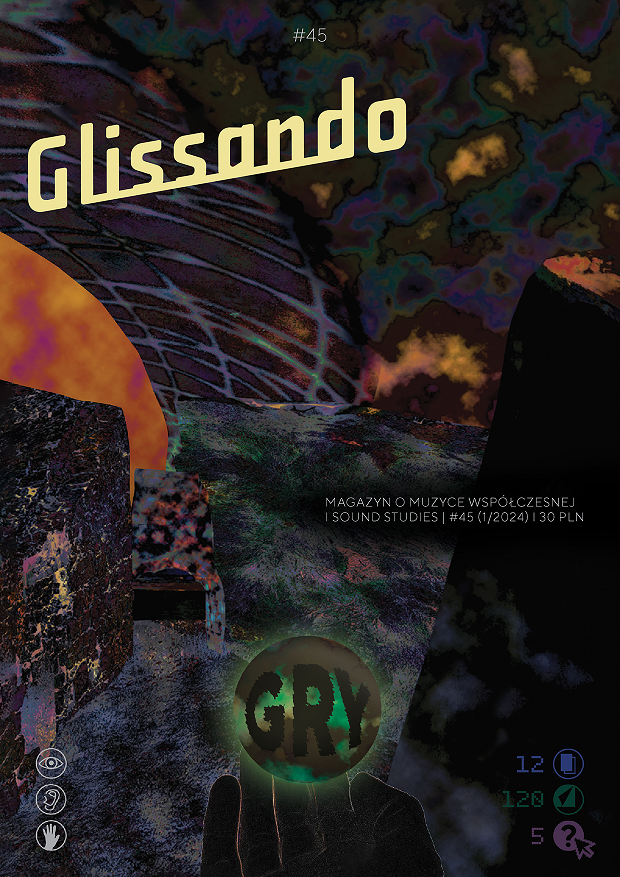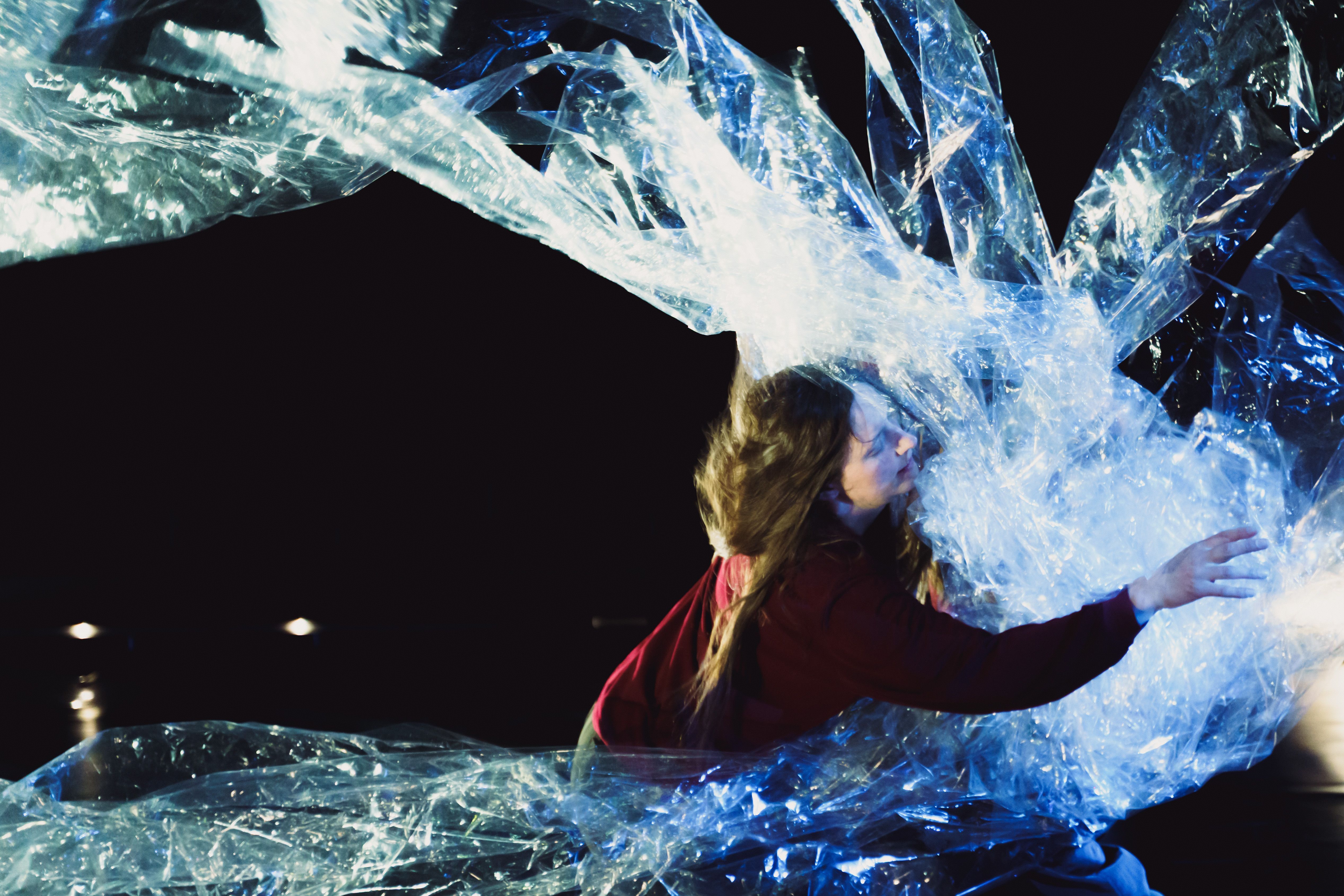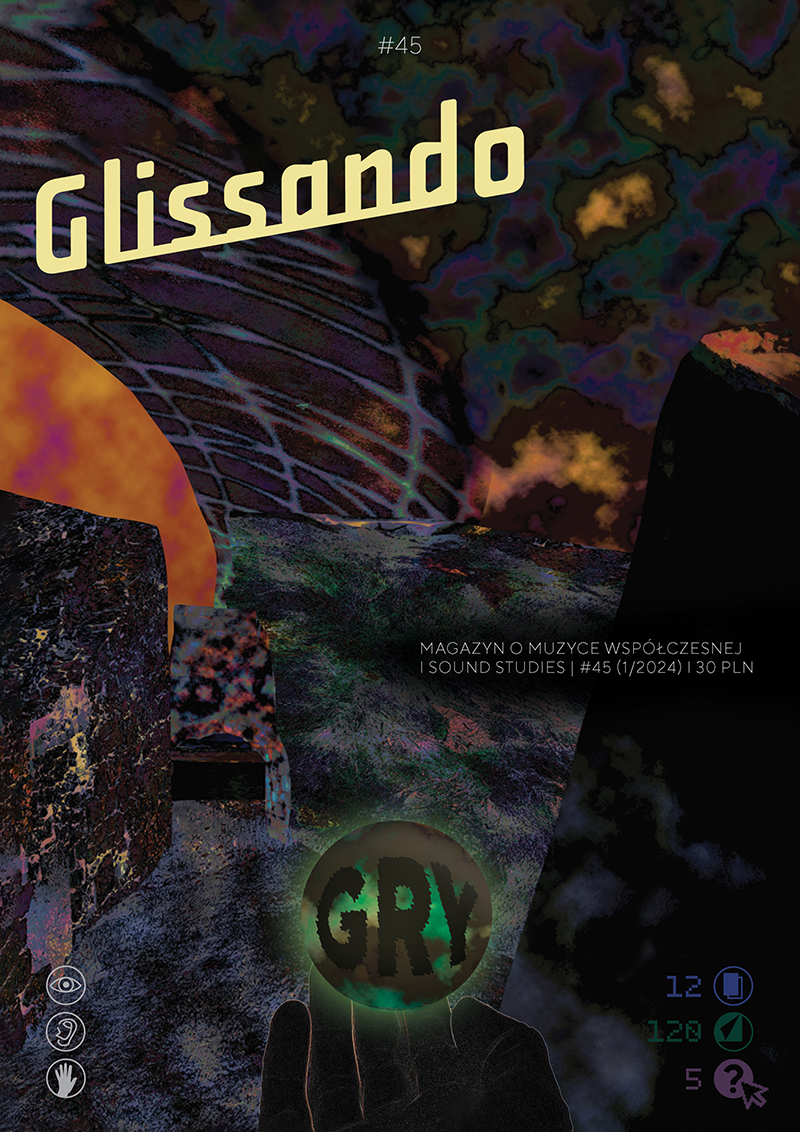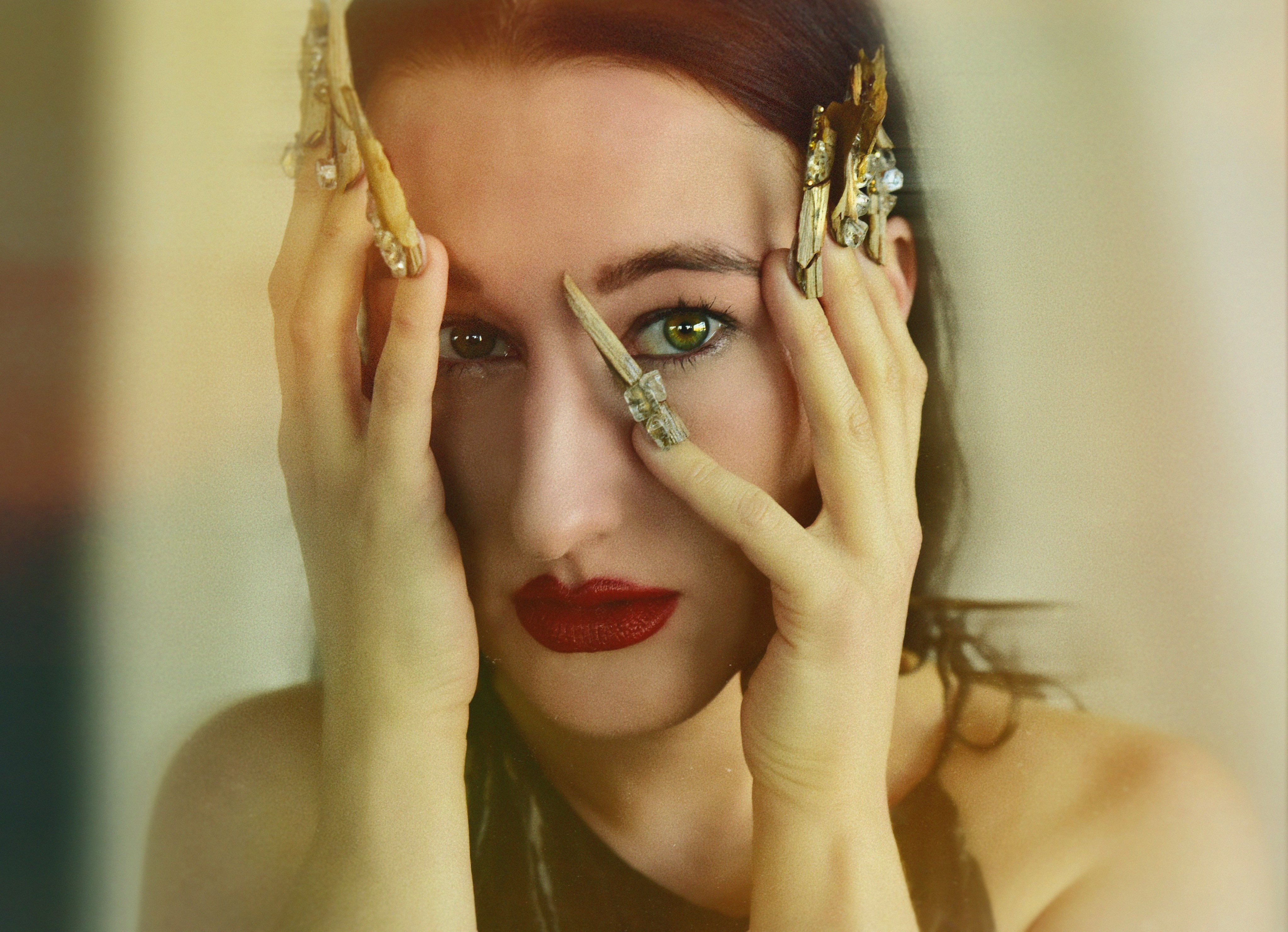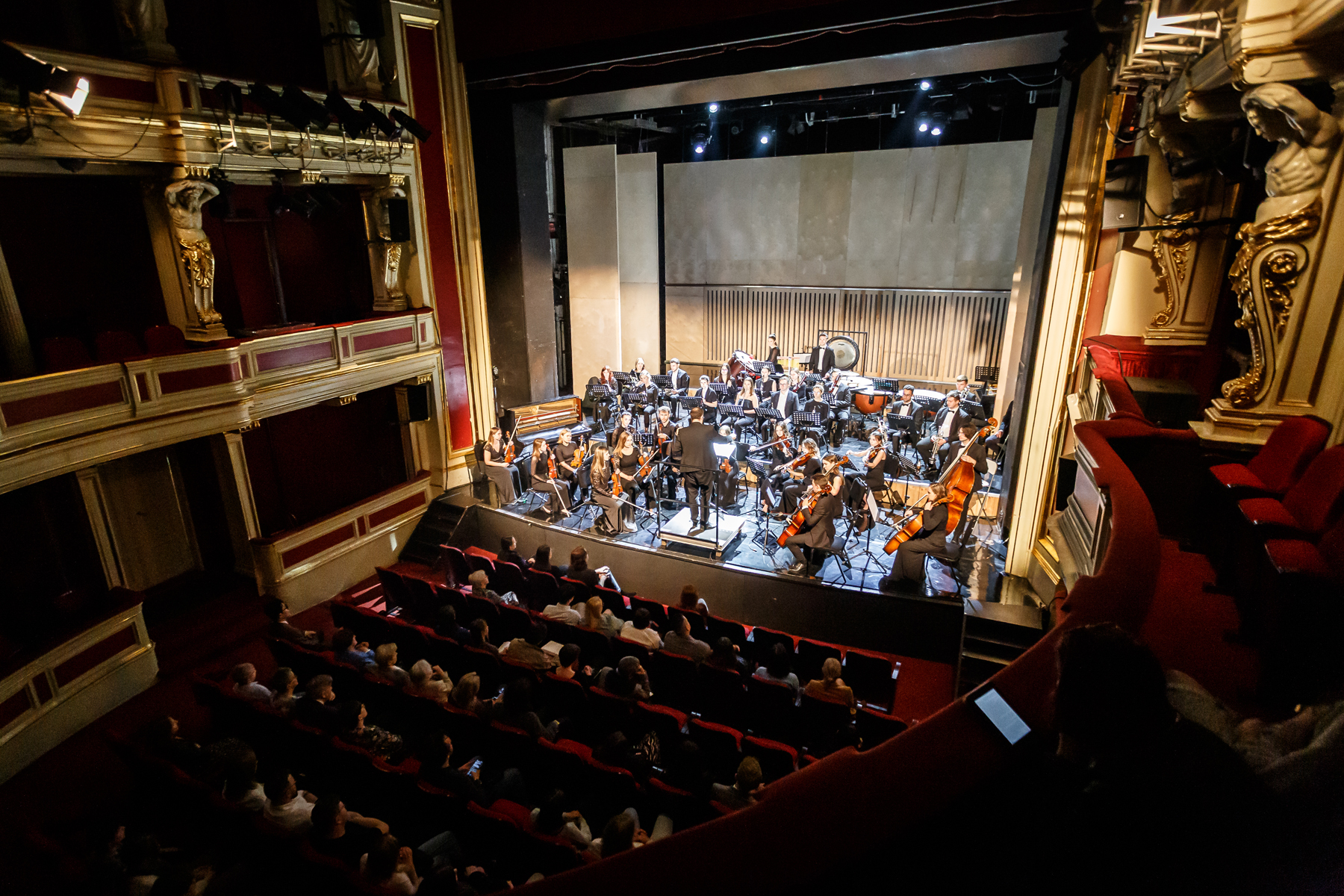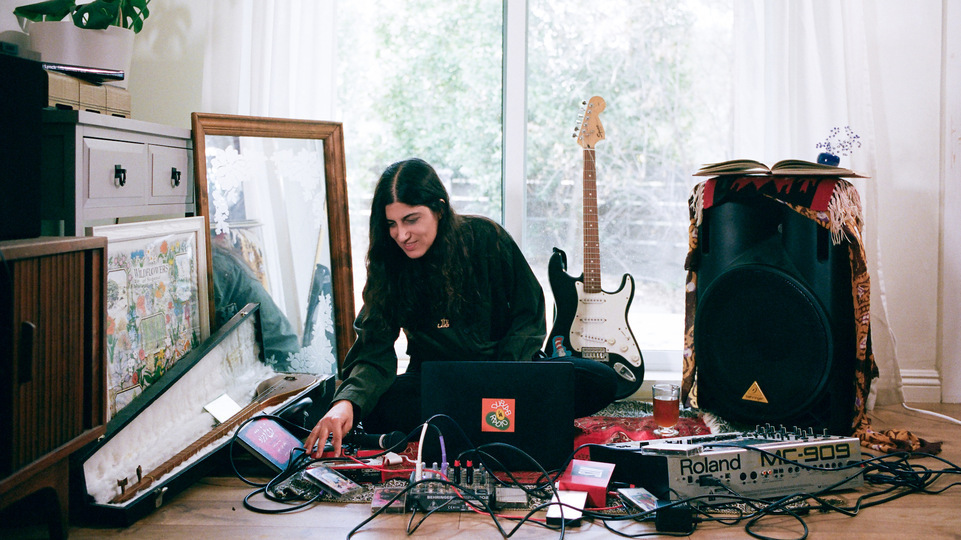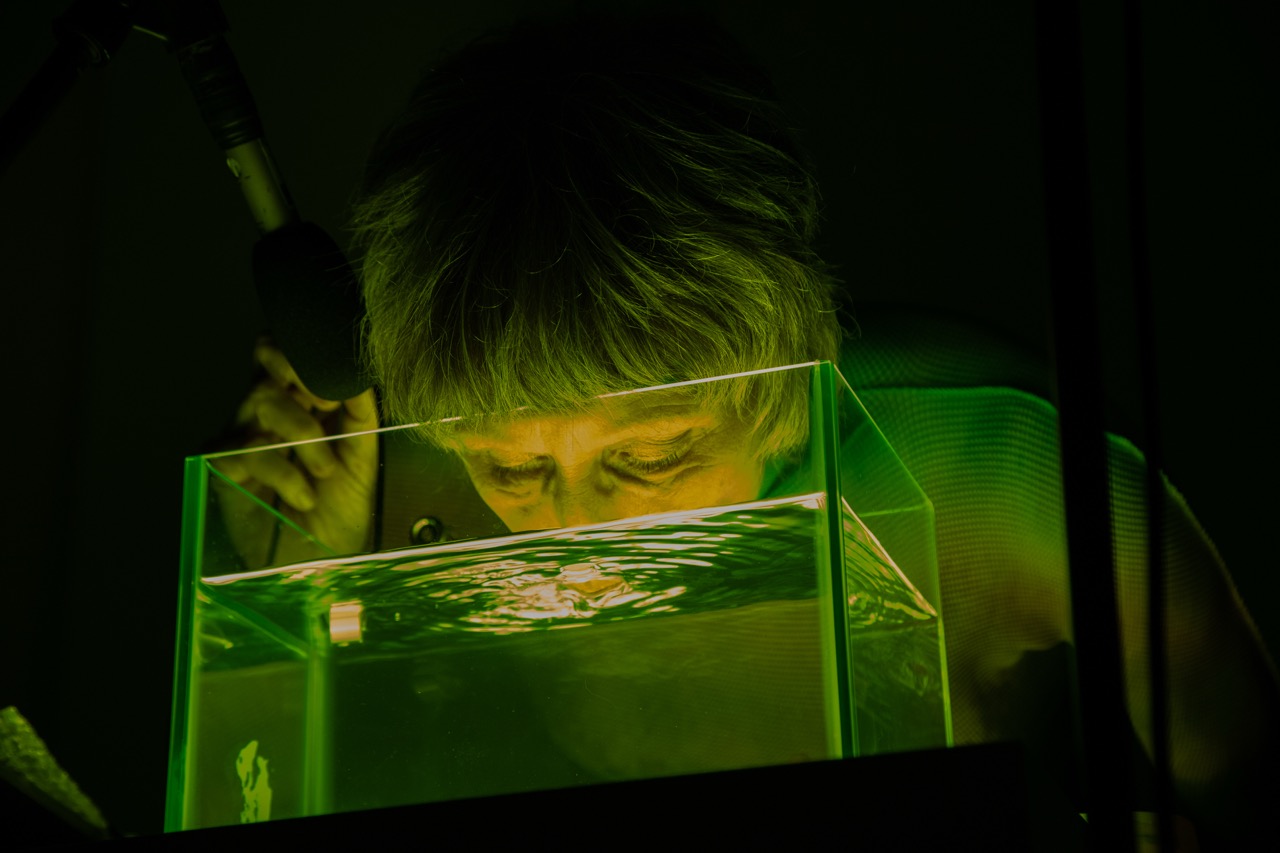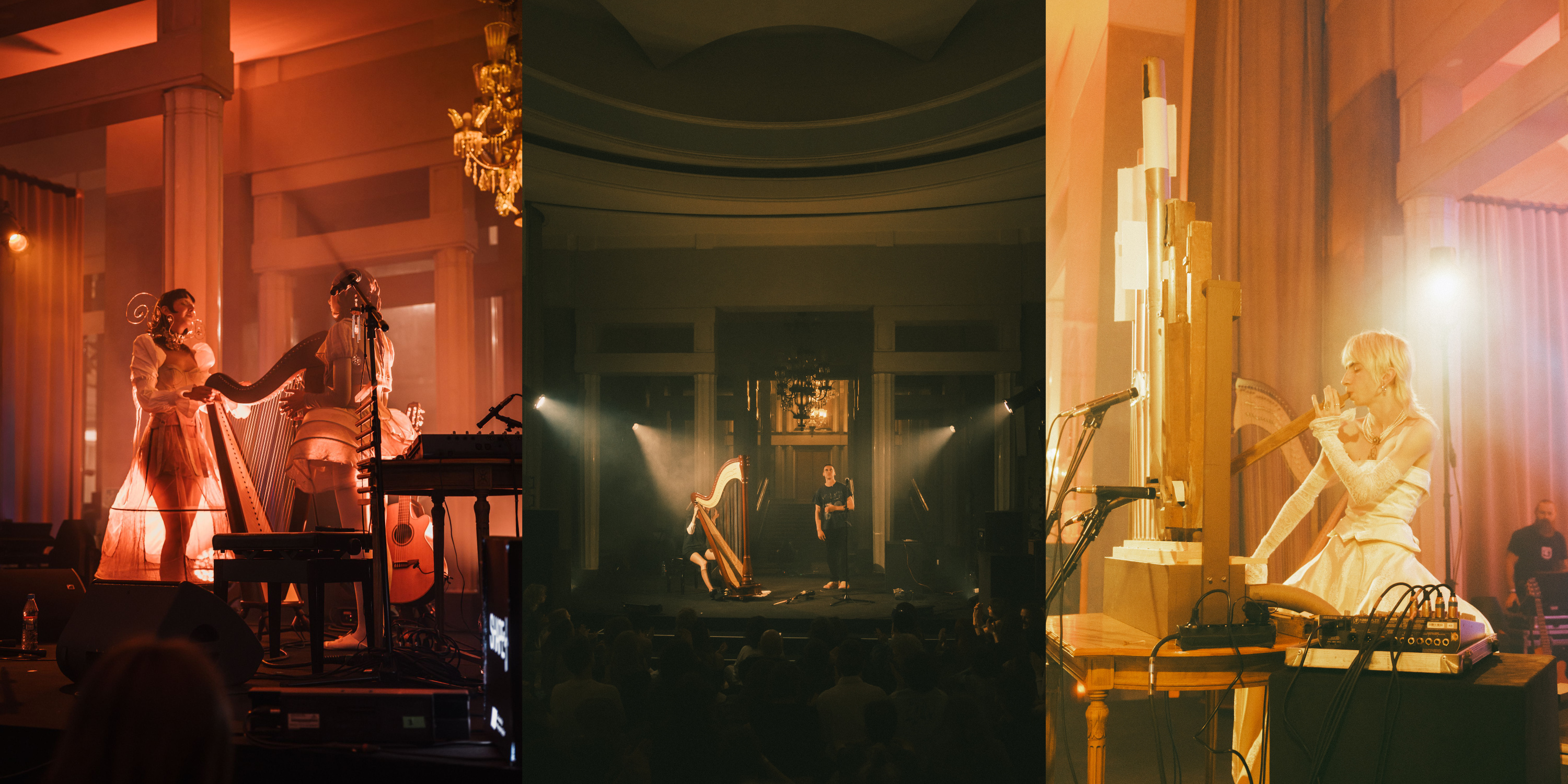
Pobalowane. Ephemera 2025
Świetność, świece, lustra, srebrne naczynia, sztućce, tace, kryształy, wszystko się świeci, towarzystwo też świeci się jak może – w strojach, konwersacjach, w tańcu. Ale dziś dużo też mówi się o drugiej stronie lustra, o zbędności czy raczej aktywnej krzywdzie tego przepychu; o wykluczeniu, wyzysku.
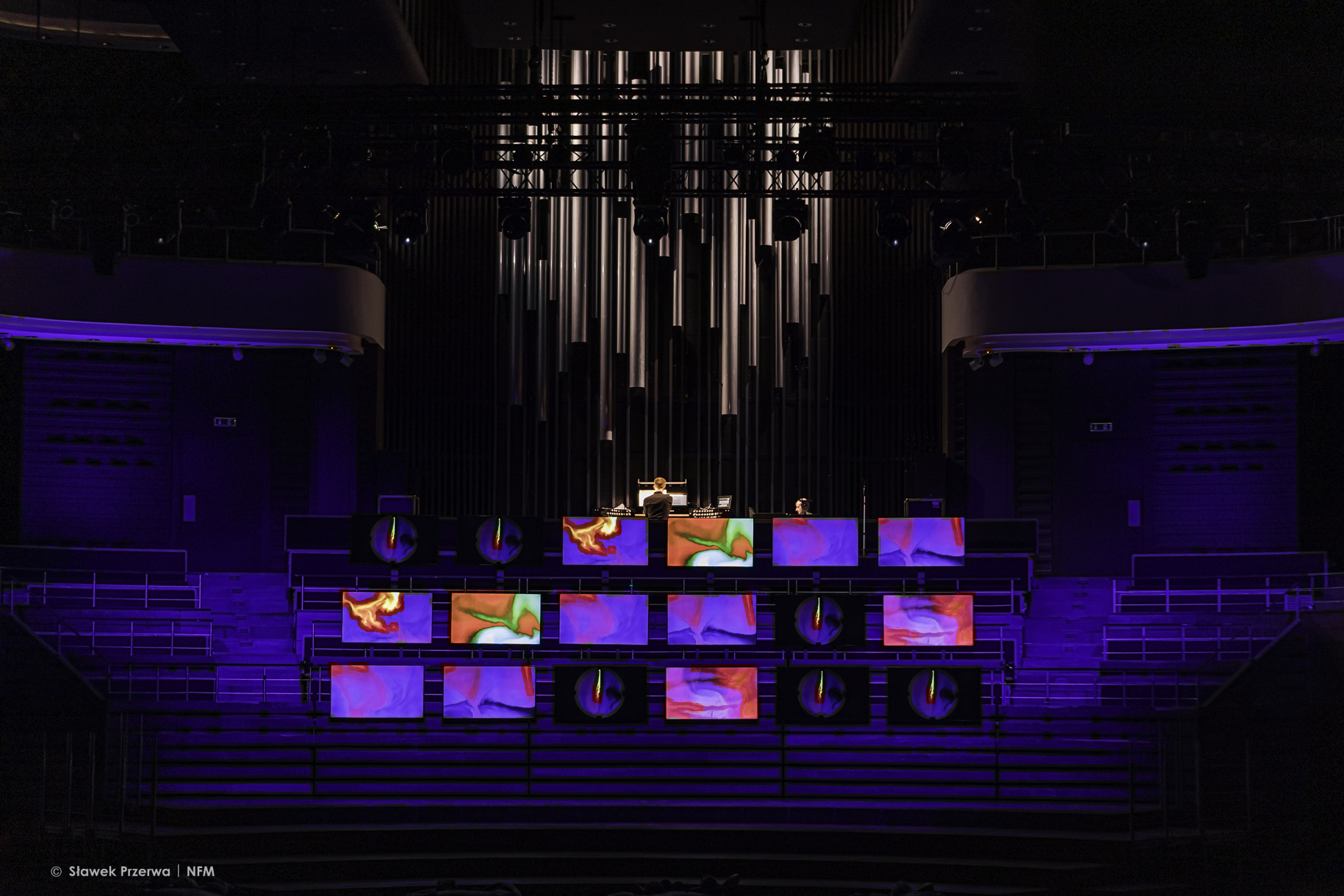
Zmieszany, nie wstrząśnięty. Musica Electronica Nova 2025
Muzyka najnowsza z wielkim mozołem toruje sobie drogę do filharmonicznych estrad. Przełamywanie żelaznego kanonu przez kompozycje żyjących twórców wymaga nie tylko […]
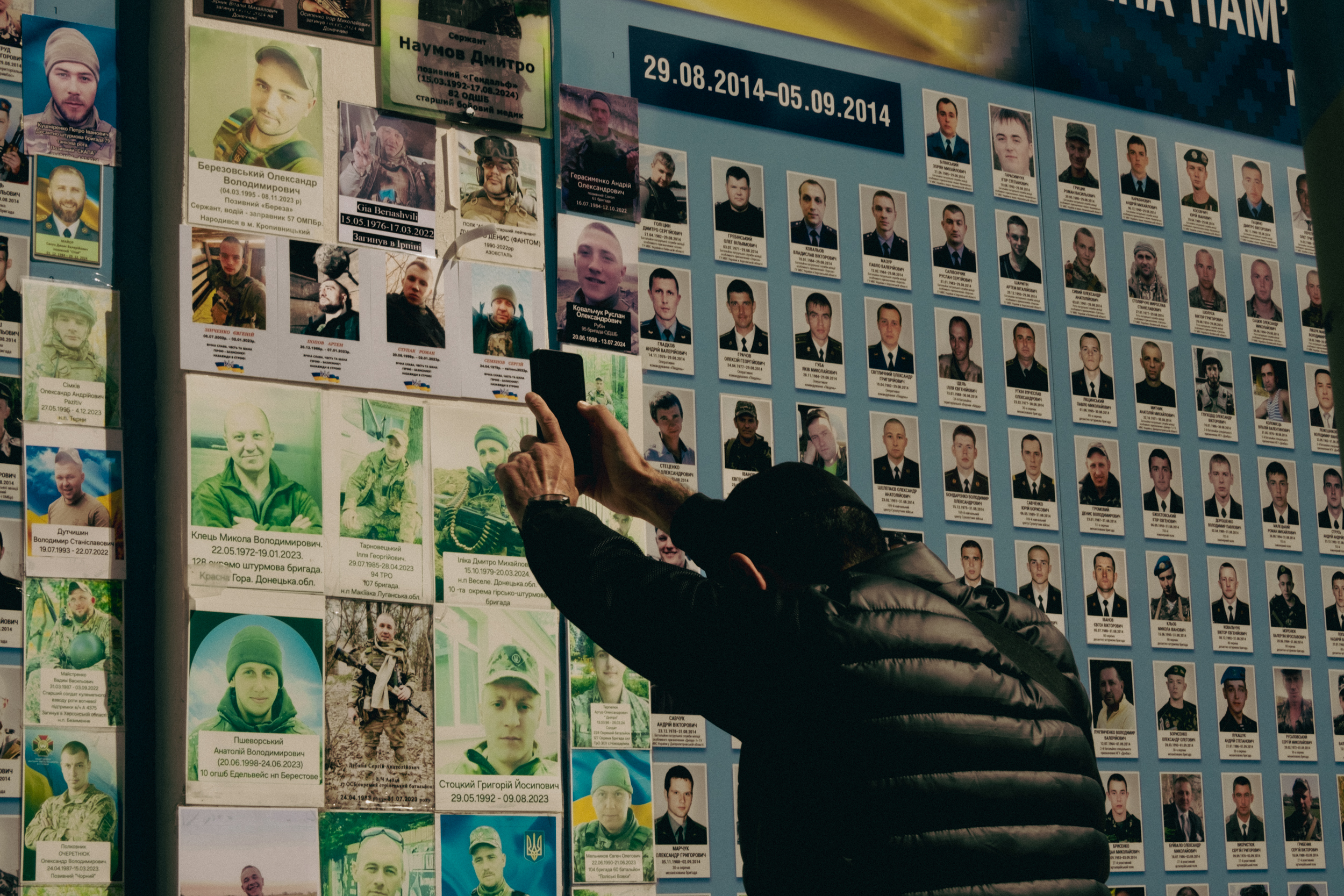
Wojenny pogłos. Historie dźwiękowe z Kijowa
Jest 17:20, wsiadam do pociągu do Kijowa. Jeszcze nie wiem, czego się spodziewać. Dwa tygodnie wcześniej bez zastanowienia przyjęłam zaproszenie […]

Żartobliwie z powagą. Per Nørgård In Memoriam
Po raz pierwszy artykuł został opublikowany w czasopiśmie Seismograf 28 maja 2025, https://seismograf.org/node/20669 Osobisty hołd wiolonczelisty Jakoba Kullberga dla 92-letniego kompozytora, […]
Oramics: bohaterki dźwięku
11 sylwetek kobiet zajmujących się dźwiękiem w bardzo różnych odsłonach – od modularów przez technikę sceniczną po mastering. Poznajcie bohaterki naszego nowego cyklu!
Echa Piosenek. SPOR 2025
JT: Jak mówisz o doświadczeniu spotkania z nieznanym, to moje myśli od biegną ku jednemu z najbardziej niezwykłych wydarzeń festiwalu. IB: I najbardziej niebezpiecznych zwierząt, które mieliśmy okazję zobaczyć. JT: Zagrożone i tajemnicze bassalony! Zanim mogliśmy je odwiedzić w jednej z przestrzeni w Godsbanen, czekało nas obszerne wprowadzenie. Że nie można ich za bardzo dotykać, ani robić zdjęć z fleszem, czy też siadać na podłodze, gdyż mogłyby nas wziąć za zwierzynę. Potem wchodziliśmy w małych grupkach do sali z intensywnym zapachem jakiegoś piżma, a w środku…
Wstęp do #45
Akademicka refleksja nad muzyką w grach cyfrowych rozwija się w ostatnich latach nadzwyczaj prężnie. Nowe, specjalistyczne czasopisma, takie jak „Journal of Sound […]
My voice will always be my sword. Interview with Zola Jesus
Zola Jesus is the moniker of Nika Roza Danilova, who has been making music and performing for almost 20 years. Revered for her powerful voice, the artist is not afraid of challenges and experiments. One of them is an upcoming concert with the Tri-City chamber ensemble NeoQuartet, which specializes in performing contemporary classical music.
Czas cofnięty do przodu. Poznańska Wiosna Muzyczna 2025
Nauki ścisłe, operujące pojęciami bezwzględnymi, tworzącymi nieuniknioną ciągłość poglądów naszych na rzeczywistość, w rozwoju swym niejednokrotnie zmuszone był cofać się z zajętych […]
Narratives of recorded histories. Interview with Maral Mahmoudi
I had been trying to figure out ways of playing Iranian music at the club since I’ve always been compelled to share the sounds of Iran with my friends and show it in a wider context. Most Iranian music has a melancholy to it that makes it hard to play in a party setting so by combining it with club & reggaeton beats I was able to imbue my DJ sets with the spirituality of the music while people could still dance. I had just moved to Los Angeles from Virginia and was exposed to so much amazing music by the Mexican community in LA. From reggaeton to cumbia, I noticed that the rhythm of reggaeton complimented the Iranian music and allowed the music to step outside of its normal constraints and fell in love with the combination. I wanted to capture that feeling of sitting in my apartment with the windows open listening to Iranian classical and pop music while a car drove by blasting reggaeton.
Międzydialogi. MaerzMusik 2025
Morska boja. Zielone akwaria. Bańki we mgle. Papier, kamień, skóra! Bezgłos. Oddech i membrana. Teatr cieni. Linie i kije. Czarne skrzydła. Piski […]
Wspomóż Glissando
Zawsze miło nam będzie otrzymać drobne wsparcie finansowe, które umożliwi dalszy rozwój "Glissanda".


